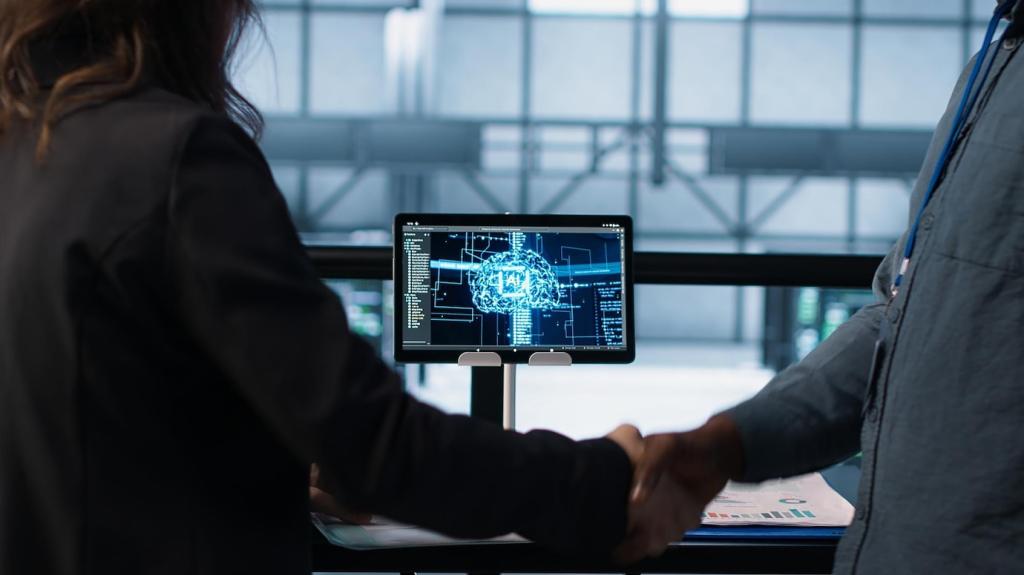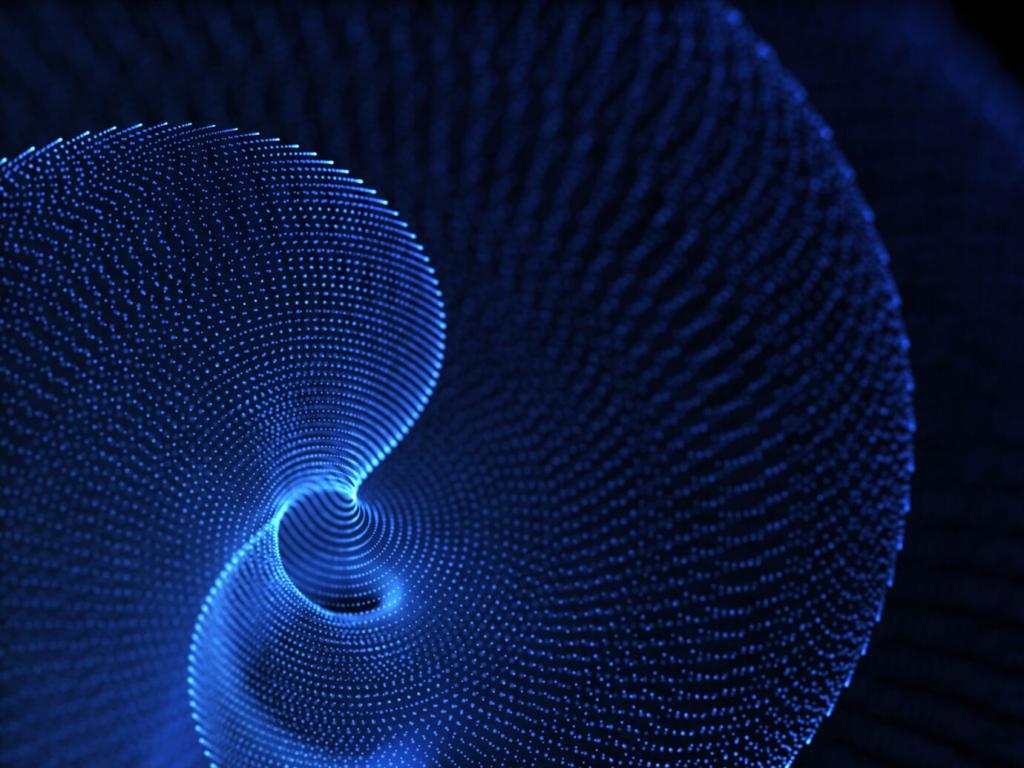Integrating Smart Technology in Modern Interiors
Integrating smart technology into modern interiors goes beyond simply upgrading devices—it’s about creating seamlessly connected spaces that enhance comfort, functionality, and aesthetic appeal. As our homes and workplaces evolve to meet the demands of contemporary living, smart technology plays a crucial role by enabling greater control, efficiency, and personalization in our environments. This synergy between innovative tech and thoughtful design is shaping the future of interiors, ensuring spaces are not only visually impressive but also responsive and adaptive to our needs.


Smart Home Hubs and Integration
Smart home hubs act as command centers, uniting various connected devices and making it easy for users to control lighting, climate, security, and entertainment with a single interface. By integrating these hubs into modern interiors, homeowners can create a unified ecosystem that reacts in real-time to their needs. The key to effective smart home hubs lies in the compatibility and scalability they offer—being able to connect to multiple brands and technologies without friction. As more residents demand convenience and customization, integrators carefully select hubs that meld with interior design, offering both discretion and powerful functionality without disrupting the aesthetic flow of the space.
Wireless Infrastructure and Signal Strength
In contemporary interior environments, reliable wireless infrastructure is imperative for smart technology to perform optimally. Designers account for Wi-Fi placement, signal boosters, and high-speed internet access to prevent connectivity issues in every corner of a home or office. The architectural design must support strong, uninterrupted coverage, which in turn enables devices like smart speakers, cameras, and thermostats to communicate unhindered. Without robust infrastructure, even the most advanced tech loses its effectiveness, making it crucial to blend these unseen networks flawlessly into the design plan from the outset. Strategic planning ensures both form and function are maintained throughout the interior.
Voice and App-Based Controls
Intuitive controls, whether via voice assistants or dedicated apps, make the user experience smooth and enjoyable. Modern interiors now integrate these controls directly into the fabric of daily life, allowing for hands-free operation of lights, security, music, and more. Designers often hide speakers and microphones discreetly to preserve visual harmony. App-based interfaces are customizable, serving as personal dashboards that allow users to tailor settings to their routines. Ensuring accessibility and ease-of-use is central to integrating technology without overwhelming occupants, striking a careful balance between complex capability and everyday simplicity.
Enhancing Aesthetics and Functionality
One of the trademarks of modern interiors is the ability to include cutting-edge technology without drawing attention to it. From flush-mounted speakers and in-wall control panels to camouflaged cameras and sensors, discreet installation techniques ensure the space remains uncluttered and elegant. The careful placement of smart devices means they serve their purpose without interrupting sightlines or becoming visual clutter. Creative concealment allows for full functional benefit while keeping the design clean, seamless, and sophisticated, ensuring that the aesthetics of the room remain at the forefront.

Boosting Comfort, Convenience, and Security
The integration of smart thermostats, humidity sensors, and air quality monitors has revolutionized how interiors manage comfort. These systems learn user preferences and adjust air conditioning, heating, and ventilation automatically, taking into account schedule patterns, weather changes, and occupancy levels. By embedding these controls seamlessly into the design—often with unobtrusive wall panels or through app controls—spaces can proactively respond to individual comfort needs, maximize energy efficiency, and maintain a consistently pleasant environment. Designers ensure these solutions do not disrupt visual harmony, keeping interiors both functional and beautiful.

